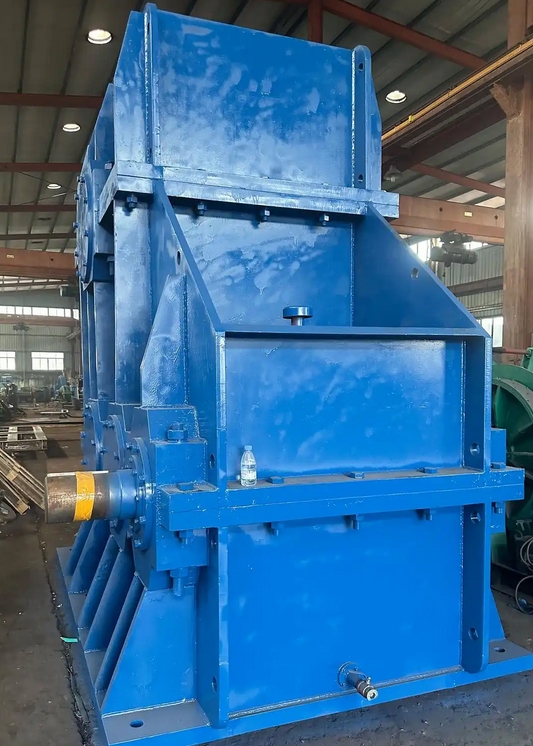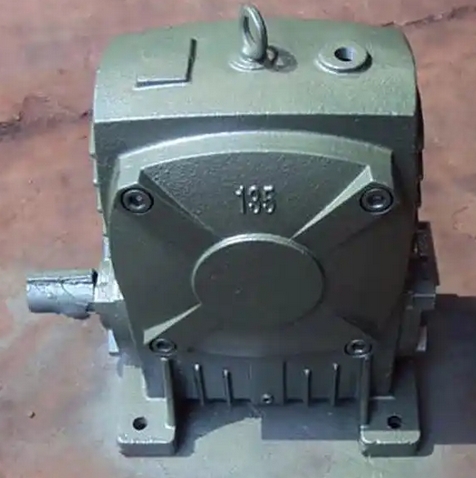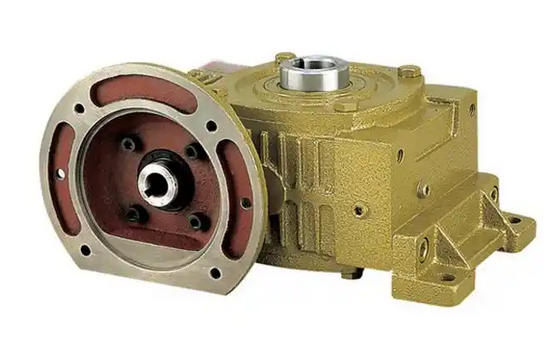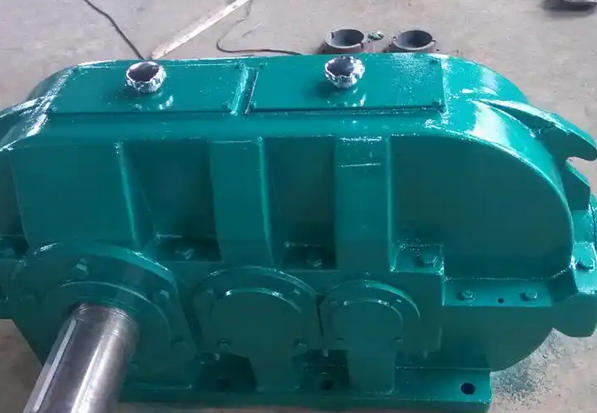After maintenance, if abnormal noise occurs during the trial operation of a large gear reducer, what measures should be taken?
If there is abnormal noise during the trial operation of a large hard tooth reducer after maintenance, the following methods can be used to handle it:Shutdown inspection: The equipment should be stopped immediately to prevent possible further damage. After the gearbox cools down, conduct external observation and preliminary auscultation to determine the approximate area of the noise source.
Detailed inspection: Remove the external protective cover or shell, use professional tools such as stethoscopes and vibration analyzers to more accurately locate the noise source. Check the parts that may generate noise, such as gear meshing areas, bearing seats, couplings, seals, etc.

Analyze the cause and handle it
Gear problem: If the gear is eccentric (radial runout>0.05mm) or the axis parallelism exceeds the tolerance (>0.02mm/m), a dial gauge can be used to detect the radial runout of the gear. If it exceeds the tolerance, adjust the concentricity of the shaft system, readjust the gear mesh clearance, or perform low-temperature tempering (180-200 ℃ insulation for 2 hours) on the deformed gear to eliminate stress. If there are problems such as tooth surface wear, broken teeth, and pitting corrosion on the gear, the gear needs to be replaced in severe cases. Mild wear can be improved by repairing or adjusting the clearance between the gear pairs.
Bearing issues: Check whether the bearing has peeling of the raceway, damaged retaining frame, worn rolling elements, etc. Damaged bearings should be replaced in a timely manner, and ensure that new bearings are installed correctly. According to the type and specifications of the bearing, use specialized measuring tools to measure the clearance of the bearing. If the clearance exceeds the standard, for bearings with separable inner rings, a new bearing can be replaced. For bearings that cannot be separated, the installation preload of the bearing can be adjusted or the parts that match the bearing can be replaced to reduce the clearance.
Lubrication issue: Check whether the lubricating oil (grease) has deteriorated, is insufficient or excessive, and whether the oil circuit is unobstructed. Clean the oil circuit as needed, replace the lubricating oil, and refill the appropriate amount of lubricating oil according to the manufacturer's recommendations.
Assembly issues: Excessive or insufficient clearance during gear pair assembly, skewed bearing installation, poor coupling alignment, etc. may all cause noise. At this point, it is necessary to readjust the assembly clearance, calibrate the bearing position, and align the coupling to ensure precise coordination of all components. Laser centering instruments or dial gauges can be used to measure the alignment of the reducer and connecting equipment. The relative position of the equipment can be adjusted by adjusting the thickness of the anchor bolts or gaskets to meet the requirements for alignment.
Foreign object intrusion: Clean the inside of the gearbox to remove metal shavings, dust, fibers, and other foreign objects that may be embedded between gears, bearings, or other moving parts.
Installation foundation issue: Confirm whether the reducer is firmly installed on a sturdy and horizontal ground. If the installation surface is unstable or uneven, it may cause additional vibration and noise during machine operation. In this case, it is necessary to reinforce the installation foundation or adjust the levelness.
Loose bolts: Check and tighten all bolts. Loose connections can cause vibration and noise during operation. Ensure that all fixing screws and coupling connections are securely fastened.




